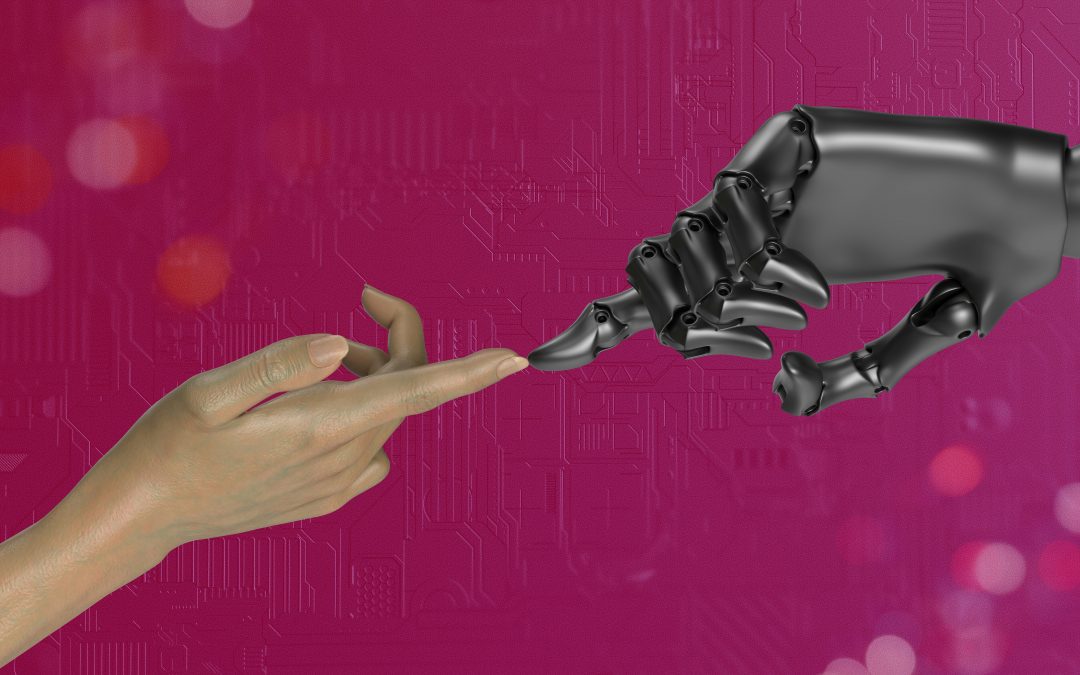With the world gripped by the Coronavirus (COVID-19) epidemic, it’s clear that the main ways to mitigate the impact are through personal hygiene (hand washing), increasing social distance (keeping away from people) and imposing quarantine for effected areas and self-quarantine.
This is, however, after the event has taken hold and spread.
What is really needed is an effective early warning system. This can then allow authorities to identify areas at risk, potential transmission routes and allow systems to be put in place to cope with a large-scale outbreak. Step forward Artificial Intelligence (AI) based systems able to process massive amounts of seemingly unrelated data and pick out trends.
A particularly famous one was the Google attempt to identify seasonal ‘Flu outbreaks ahead of the Centers for Disease Control and Prevention. Back in 2012/13 Google analysed web searches for flu-related terms to identify hotspots.
Spikes in disease
Whilst initially working well it became a victim of its own success as media coverage led more people to use those search terms irrespective of their own state of health.
Learning from that and the SARS epidemic of 2003, an epidemiologist in Canada has been able to create an AI-based early warning system. BlueDot, an AI platform setup by Kamran Khan, is able to analyse a variety of web traffic to provide early identifications of spikes in disease.
They also identify the most likely routes of transmission by pulling together details of flights, train schedules, livestock health reports and so on. This big data lake provides the insights that they need. However, before any action is taken the insights are handed over for review by clinicians to do a “gut check” to validate the reports.
The result? An alert was sent out on 30th December, nine days ahead of the WHO alert.
So, what can we learn from this?
AI based systems are very powerful and effective when used appropriately. The system BlueDot has developed is always on, always checking data to identify the next outbreak. For example, while the world’s attention is on COVID-19, it has reported an increase in Lassa fever in West Africa.
The good of mankind
This clearly highlights BlueDot as a great example of AI used for the good of mankind, however, a system cannot be left to run on its own. As well as the human supervision of the output, the process needs to be continually monitored and the results validated.
One of the issues with AI and Machine Learning (ML) is that by its very nature the underlying logic is working away in the background continuing to learn and refine the models that are being used.
In all cases there needs to be consideration of several key aspects:
- The data validity – is the data reliable and not subject to interference (see the Google flu snafu).
- The fairness of the processing – what bias is in the system?
- The ability to explain how the results were derived.
We at Edit continue to have some successes in the field of AI. The initial prototype visual recognition mapping system we’ve been developing has progressed, and the latest target is looking to enhance the identification of mast cell tumours in dogs. This aims to identify the ratio of good to bad cells to provide the veterinary pathology lab with a speedy way of processing the slides.
As always with AI and ML, it’s important to keep in mind the ethics of the activity and being open and up front about when and how AI is being used.










